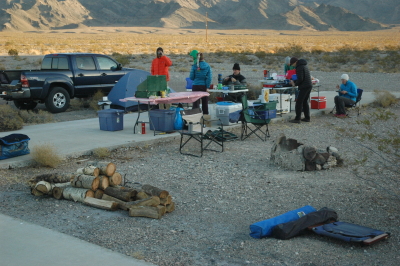New ULA website allows customers to configure their launch
The competition heats up: ULA today announced the creation of a new website, dubbed Rocketbuilder, where customers and the public and configure their own launch rocket.
ULA noted that the tool also provides insight into reliability, schedule assurance and performance, allowing users to make a true value comparison. “The value of a launch is a lot more than its price tag,” said Tory Bruno, ULA president and chief executive officer. “Through our RocketBuilder website, customers are now empowered with pricing information that can be used to make decisions during their spacecraft development process, potentially helping customers keep program costs down. In addition, customers are able to build a rocket based on the needs they input, their spacecraft specifications and mission requirements.”
Users have the flexibility to select a launch date, the satellite’s orbit, rocket configuration and the customized service level needed for the mission. Finally, the site will capture savings in extra revenue or mission life, provide the true total cost of the specific mission requirements, and allow users to begin the contracting process.
This is great news, as it shows that Bruno and ULA are very serious about competing aggressively with SpaceX. For example, Bruno notes that the price of the cheapest Atlas 5 configuration has dropped from $191 million to $109 million in the last few years. And while this price remains significantly more expensive than SpaceX’s $62 million, this new tool should help to drive the costs down more. When ULA learns which configurations sell best, it will then be able to make those configurations cheaper.
The site is also cool. I tried it, and found that it strongly resembles the experience of buying an airplane ticket at sites like Travelocity. You pick various options (payload weight, payload size, orbit, etc) and the site automatically adjusts the rocket’s configuration and the price.
The competition heats up: ULA today announced the creation of a new website, dubbed Rocketbuilder, where customers and the public and configure their own launch rocket.
ULA noted that the tool also provides insight into reliability, schedule assurance and performance, allowing users to make a true value comparison. “The value of a launch is a lot more than its price tag,” said Tory Bruno, ULA president and chief executive officer. “Through our RocketBuilder website, customers are now empowered with pricing information that can be used to make decisions during their spacecraft development process, potentially helping customers keep program costs down. In addition, customers are able to build a rocket based on the needs they input, their spacecraft specifications and mission requirements.”
Users have the flexibility to select a launch date, the satellite’s orbit, rocket configuration and the customized service level needed for the mission. Finally, the site will capture savings in extra revenue or mission life, provide the true total cost of the specific mission requirements, and allow users to begin the contracting process.
This is great news, as it shows that Bruno and ULA are very serious about competing aggressively with SpaceX. For example, Bruno notes that the price of the cheapest Atlas 5 configuration has dropped from $191 million to $109 million in the last few years. And while this price remains significantly more expensive than SpaceX’s $62 million, this new tool should help to drive the costs down more. When ULA learns which configurations sell best, it will then be able to make those configurations cheaper.
The site is also cool. I tried it, and found that it strongly resembles the experience of buying an airplane ticket at sites like Travelocity. You pick various options (payload weight, payload size, orbit, etc) and the site automatically adjusts the rocket’s configuration and the price.




